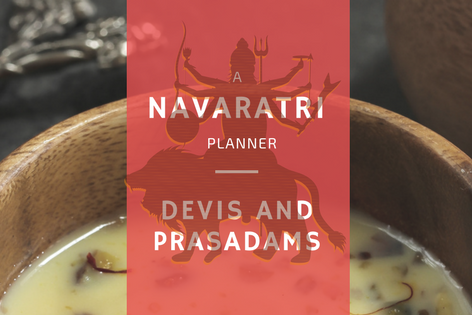
I know – this has been the longest hiatus for me. To not have a post in the New Year is blasphemous and I last posted here in December. This might sounds cliched but life just catapulted full steam ahead with the advent of the New Year. A stint with teaching, a part time gig and some entrepreneurial opportunities have me running around town, literally. Thankfully it’s all interesting so I don’t feel like I’m being worn down. Yes, physically tired at times but mentally it’s all good. I have realized it’s all a matter of perspective at the end of the day. You can “burn the midnight oil” on something you loathe or you can “get absorbed” in a project you love and lose track of time. It’s how you define it in your mind and body which ultimately represents how you feel inside. So I thought it befitting that I dust myself off and “get absorbed” in rebooting this blog on this New Year day. The quintessential accompaniment that is made every Tamil New Year day – Maanga Pachadi with Vepambu.
I’m stealing time from my lunch break between two gigs to write this so time doesn’t get away from me again:)
A very Happy Vishu Kani and Tamil New Year to those celebrating today. Today we celebrate the beginning of the new, to welcome abundance and to be in step with the flavors of the Universe – the spice, sweet, salty, tangy and sometimes sour flavors. The key point to remember here is this – if you didn’t have or experience one flavor you wouldn’t really know that the other existed. A thing that is not sweet is salty or sour or bitter but would we have known that if we didn’t have sweet to compare it to in the first place?
Here’s Amma’s recipe for Maanga Vepambu Pachadi (Raw Mango with Neem flowers and Jaggery) – a dish that is unique and made on this day every year to symbolize the merging of all these flavors, which is how we experience life.
Ingredients:
- Raw Mango (Maanga) – 1/2, peeled and sliced into medium pieces
- Dried neem flowers (Vepambu) – 1 tsp
- Jaggery – 3/4 cup powdered or broken into small pieces(depends on the tartness of the mango). You may also use jaggery powder
- Tamarind – grape sized lump or if you are using tamarind paste – 1 tsp
- Salt – a pinch
- Ghee or clarified butter – 1 tsp for garnish
- Mustard seeds – 1/2 tsp
- One dry red arbol chile
Method:
1. Peel and slice the raw mango (maanga) into small medium sized slices.
2. Take the slices in a saucepan and add about half cup water to it. Boil/cook on a medium flame till the mango pieces become tender.
3. Add the salt and mix.
4. Now soak the tamarind (if using raw tamarind) in warm water and squeeze the pulp. Add water to make about 1/4 cup tamarind water.
You may also use 1 tsp of readymade tamarind paste instead.
5. Add this tamarind water to the vessel containing the mango pieces.
6. Now add the 3/4 cup jaggery to the mixture above and boil for about 5 minutes until the mixture starts to get thickened. The jaggery should all dissolve.
7. Take the mixture off the stove when it all comes together as a homogenous mixture.
8. In a small pan, heat some ghee, and when hot add the mustard seeds. When they begin to pop, add the dry red chile and the dry neem flowers. Saute for a minute till the neem flowers darken in color.
Pour this as a garnish (tadka) over the maanga pachadi.





